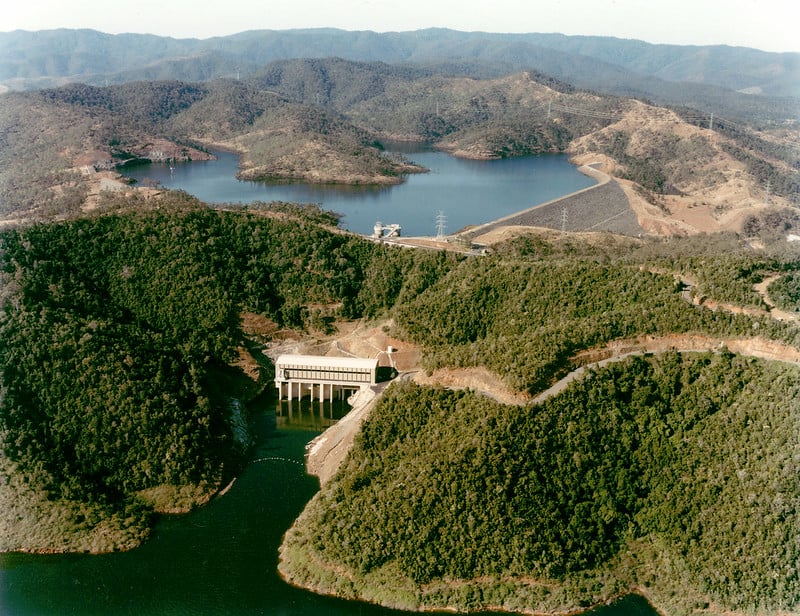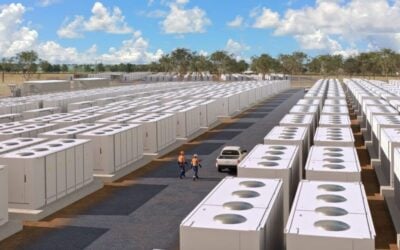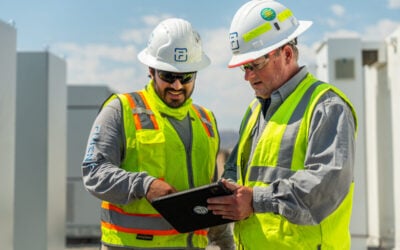
Australia’s first new large-scale pumped hydro energy storage (PHES) plant in nearly 40 years is being built in Queensland and the state’s government is now exploring options for more.
The 250MW/2,000MWh Kidston Stage 2 Pumped Hydro project is under construction through development company Genex Power and its contractors, having achieved financial close in 2021 and expected to go into service in 2024.
Enjoy 12 months of exclusive analysis
- Regular insight and analysis of the industry’s biggest developments
- In-depth interviews with the industry’s leading figures
- Annual digital subscription to the PV Tech Power journal
- Discounts on Solar Media’s portfolio of events, in-person and virtual
On Friday (10 June), the state government led by the Queensland Branch of the Australian Labor Party and state premier Anastasia Palaczuk said it is allocating A$35 million (US$24.5 million) towards a search for a second site.
The funding will come from its 2022-2023 State Budget. According to Queensland Treasurer and Minister for Trade and Investment Cameron Dick, the viability and economic benefits of a new PHES will be investigated as part of the effort.
Dick noted that more than 20% of the state’s energy comes from renewables and that pumped hydro storage “has the capacity to deliver a reliable supply of energy in an economic way,” while complementing the role of wind and solar generation.
“This funding will support detailed analytical studies that will consider the long-term benefits of this proposed large-scale storage project.”
A further A$13 million is also being put towards a detailed feasibility study of another PHES project, Borumba Dam Pumped Hydro. However, that funding will come from the state’s Renewable Energy Zone (REZ) initiative.
Queensland is planning three REZ developments, in the north, south and central regions of the state, with each combining solar and wind technologies at gigawatt-scale. Borumba would be built close to the southern REZ, enabling the storage and dispatch of the generated energy to demand centres.
The state’s REZ funding comes from a total of more than A$14 billion set aside by the government to put into economic recovery programmes.
‘Pumped hydro has a critical role to play’
“Pumped hydro will play a critical role securing the future of Queensland’s energy system with a reliable supply of dispatchable power. As Queensland charges towards its renewable energy target, large-scale storage projects like pumped hydro will enable the continued investment in wind and solar,” Queensland Minister for Energy, Renewables and Hydrogen Mick de Brenni, said.
The government funded a study from 2017, Queensland Hydro Study, which found numerous sites in the state could host both medium-sized PHES (defined as around 300MW with eight-hours storage capacity) and large (defined as >1,000MW with around 24-hours storage capacity).
DeBrenni pointed out that Borumba was found to be an ideal site by the report, for reasons that included its proximity to the high-voltage transmission network and existing dam infrastructure as well as its proximity to the planned REZ.
According to figures released by the Australian Energy Market Operator (AEMO), PHES performed strongly in the country’s National Electricity Market (NEM) in the first quarter of this year.
Collectively, PHES around the country earned A$56.5 million in spot market revenues between January and March 2022, largely driven by Wivenhoe, a PHES plant in Queensland, which made its money during times of volatile electricity pricing in the state including one three-day period which accounted for 74% of its three-month revenues.
Meanwhile, the state government is also investing in battery storage technologies, with state-owned power company CS Energy deploying a 100MW/200MWh Tesla Megapack installation at the site of a coal power plant it owns.
The government has also committed to building an electrolyte processing plant for vanadium redox flow batteries (VRFBs).
The state is targeting for 50% of its electricity consumption to come from renewable energy sources by 2030. Government development approval was recently granted to a peaker plant project which would pair 850MW of batteries with 150MW of gas turbines, a radically altered proposal from that originally submitted for a gas-only plant.






